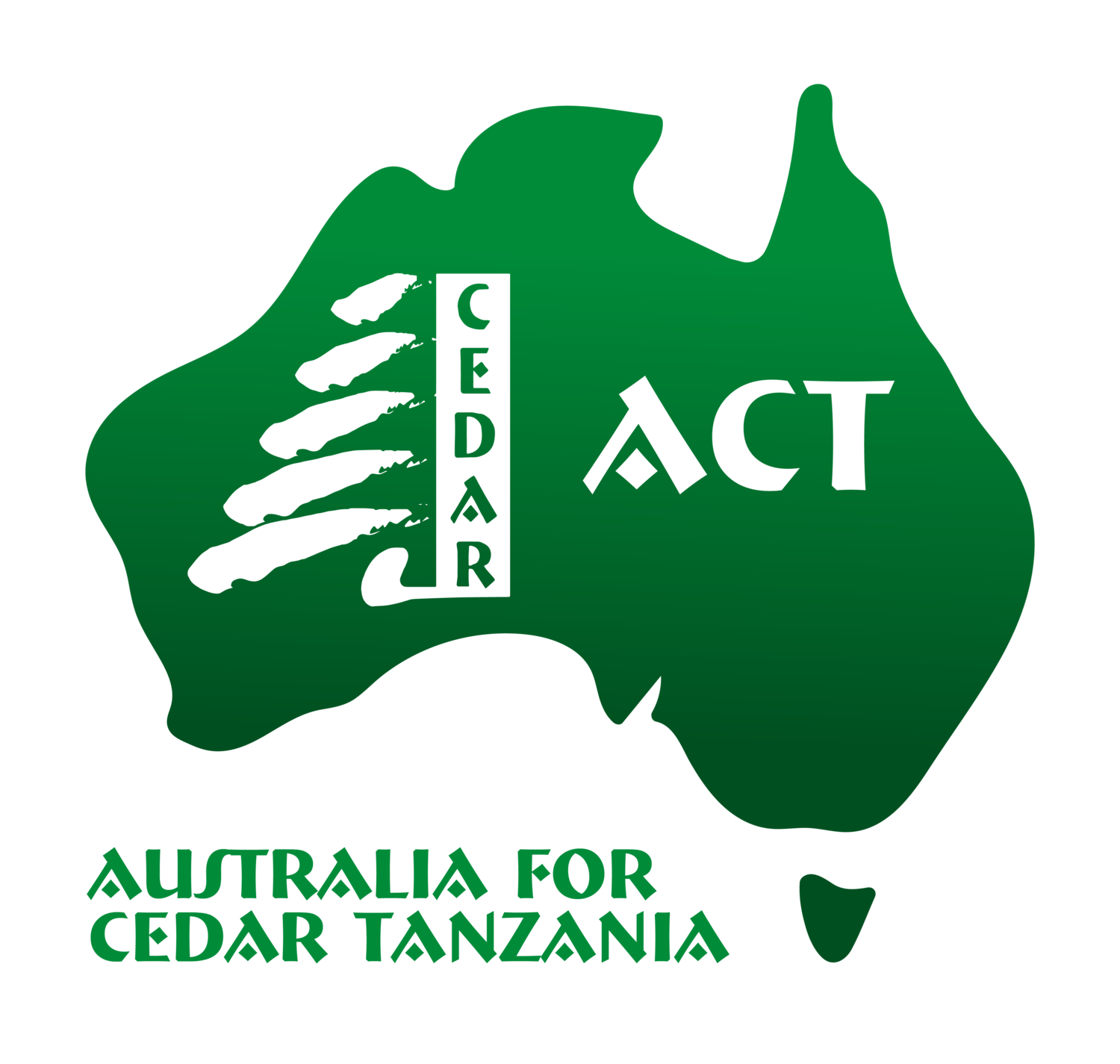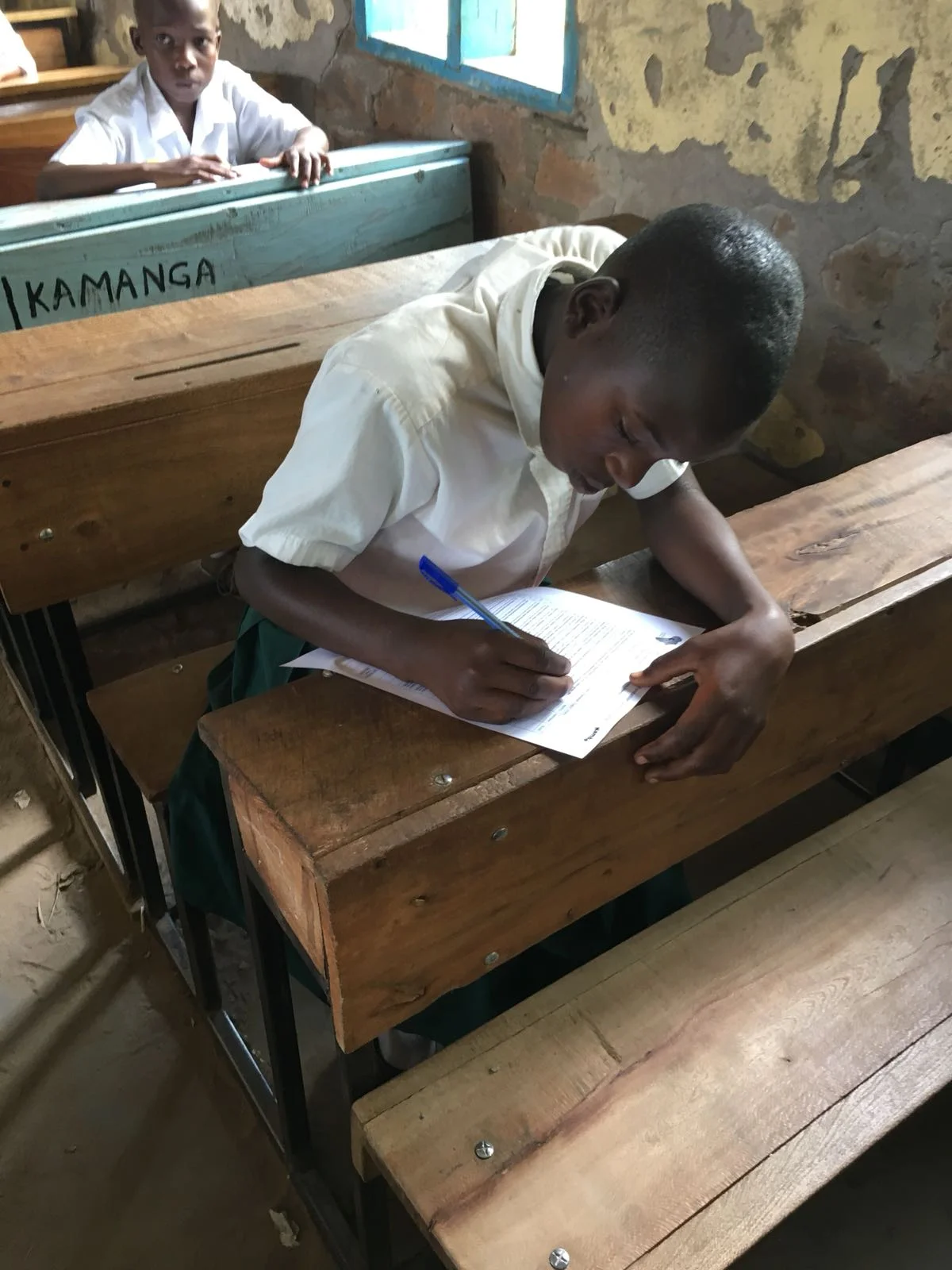Ayo*, a local fisherman living in Nyamatongo Ward, never knew he had high blood pressure. He recently suffered a stroke that has left him with loss of motor skills on his left side as well as issues with his balance. This means he can no longer work to support his wife and four children. In Tanzania, there are no social services or payments to access when you are unable to work. To avoid the devastating consequences of this family falling further into severe poverty it is of utmost urgency Ayo regains his ability to earn money as quickly as possible.
Life after a stroke is never easy. That becomes even more apparent when you are living in a rural setting without many of the services and aids many of us take for granted.
Cedar Tanzania’s outreach team was introduced to Ayo in April this year, and has since worked closely with both him and the rest of his family. It was only during their initial assessment Ayo found out he has high blood pressure which is likely to have caused his stroke. Ayo now receives treatment in form of regular occupational therapy and medication. To make sure Ayo recovers, it is important everyone in the family understands the importance of the exercises Ayo needs to do as well as the importance of the medication to lower his blood pressure.
Dr Daniel Ndamo, Cedar Tanzania’s Occupational Therapist, has developed a programme for Ayo to follow and regularly checks in on him to see how he is progressing and if any adjustments are needed. Dr Ndamo has also created occupational therapy aids from recycled materials to make sure they are affordable and easily accessible for residents like Ayo.
Living in a rural setting creates many problems in situations like those Ayo is facing. One of them is using the toilet. Only squatting toilets are available throughout the Nyamatongo Ward and Ayo has difficulties using these without assistance and in privacy. Dr Ndamo has been able to provide aids and advice to the family on how best to support Ayo enabling him to perform personal hygiene independently and with decency.
* Name changed for privacy

